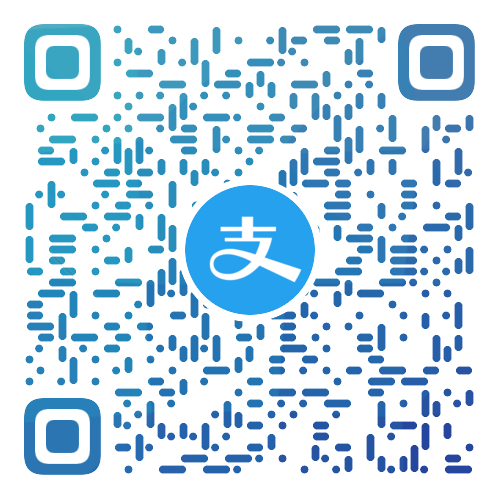掌握Java JSON数据请求:一步到位的实践指南
引言
在当今的Web开发中,JSON(JavaScript Object Notation)已经成为数据交换和存储的事实标准。Java作为后端开发的主流语言之一,能够有效地处理JSON数据。本文将为您提供一步到位的实践指南,帮助您在Java中掌握JSON数据请求。
一、了解JSON
1.1 JSON的基本概念
JSON是一种轻量级的数据交换格式,易于人阅读和编写,同时也易于机器解析和生成。JSON采用类似于JavaScript对象和数组的语法。
1.2 JSON的基本结构
- 对象:键值对,如
{ "name": "John", "age": 30 } - 数组:一系列值,如
[1, 2, 3] - 基本数据类型:字符串、数字、布尔值、null
二、Java中处理JSON
2.1 使用Jackson库
Jackson是处理JSON的Java库,它可以用来序列化(将对象转换为JSON字符串)和反序列化(将JSON字符串转换为对象)。
2.1.1 添加依赖
在您的pom.xml中添加以下依赖:
<dependency> <groupId>com.fasterxml.jackson.core</groupId> <artifactId>jackson-databind</artifactId> <version>2.12.3</version> </dependency> 2.1.2 序列化
以下是一个简单的示例,展示如何将Java对象转换为JSON字符串:
import com.fasterxml.jackson.databind.ObjectMapper; public class JsonExample { public static void main(String[] args) throws Exception { Person person = new Person("John", 30); ObjectMapper mapper = new ObjectMapper(); String json = mapper.writeValueAsString(person); System.out.println(json); } static class Person { private String name; private int age; public Person(String name, int age) { this.name = name; this.age = age; } // Getters and setters } } 2.1.3 反序列化
以下是一个示例,展示如何将JSON字符串转换为Java对象:
import com.fasterxml.jackson.databind.ObjectMapper; public class JsonExample { public static void main(String[] args) throws Exception { String json = "{"name":"John","age":30}"; ObjectMapper mapper = new ObjectMapper(); Person person = mapper.readValue(json, Person.class); System.out.println(person.getName() + ", " + person.getAge()); } static class Person { private String name; private int age; // Getters and setters } } 2.2 使用Gson库
Gson是另一个流行的Java库,用于处理JSON。
2.2.1 添加依赖
在您的pom.xml中添加以下依赖:
<dependency> <groupId>com.google.code.gson</groupId> <artifactId>gson</artifactId> <version>2.8.6</version> </dependency> 2.2.2 序列化
以下是一个示例,展示如何使用Gson将Java对象转换为JSON字符串:
import com.google.gson.Gson; public class GsonExample { public static void main(String[] args) { Person person = new Person("John", 30); Gson gson = new Gson(); String json = gson.toJson(person); System.out.println(json); } static class Person { private String name; private int age; public Person(String name, int age) { this.name = name; this.age = age; } // Getters and setters } } 2.2.3 反序列化
以下是一个示例,展示如何使用Gson将JSON字符串转换为Java对象:
import com.google.gson.Gson; public class GsonExample { public static void main(String[] args) { String json = "{"name":"John","age":30}"; Gson gson = new Gson(); Person person = gson.fromJson(json, Person.class); System.out.println(person.getName() + ", " + person.getAge()); } static class Person { private String name; private int age; // Getters and setters } } 三、发送JSON数据请求
3.1 使用HttpClient
Java的HttpClient类可以用来发送HTTP请求。
3.1.1 发送POST请求
以下是一个示例,展示如何使用HttpClient发送POST请求,并附带JSON数据:
import org.apache.http.HttpEntity; import org.apache.http.client.methods.CloseableHttpResponse; import org.apache.http.client.methods.HttpPost; import org.apache.http.entity.StringEntity; import org.apache.http.impl.client.CloseableHttpClient; import org.apache.http.impl.client.HttpClients; import org.apache.http.util.EntityUtils; public class HttpClientExample { public static void main(String[] args) { try (CloseableHttpClient client = HttpClients.createDefault()) { HttpPost post = new HttpPost("http://example.com/api/resource"); post.setHeader("Content-Type", "application/json"); String json = "{"key":"value"}"; StringEntity entity = new StringEntity(json); post.setEntity(entity); try (CloseableHttpResponse response = client.execute(post)) { HttpEntity resEntity = response.getEntity(); if (resEntity != null) { String result = EntityUtils.toString(resEntity); System.out.println(result); } } } catch (Exception e) { e.printStackTrace(); } } } 3.2 使用RestTemplate
Spring框架中的RestTemplate类可以简化RESTful Web服务的客户端代码。
3.2.1 发送POST请求
以下是一个示例,展示如何使用RestTemplate发送POST请求,并附带JSON数据:
import org.springframework.web.client.RestTemplate; public class RestTemplateExample { public static void main(String[] args) { RestTemplate restTemplate = new RestTemplate(); String url = "http://example.com/api/resource"; String json = "{"key":"value"}"; String result = restTemplate.postForObject(url, json, String.class); System.out.println(result); } } 四、总结
通过本文的实践指南,您应该能够掌握在Java中处理JSON数据,包括序列化、反序列化和发送JSON数据请求。掌握这些技能对于进行现代Web开发至关重要。

 支付宝扫一扫
支付宝扫一扫 微信扫一扫
微信扫一扫

